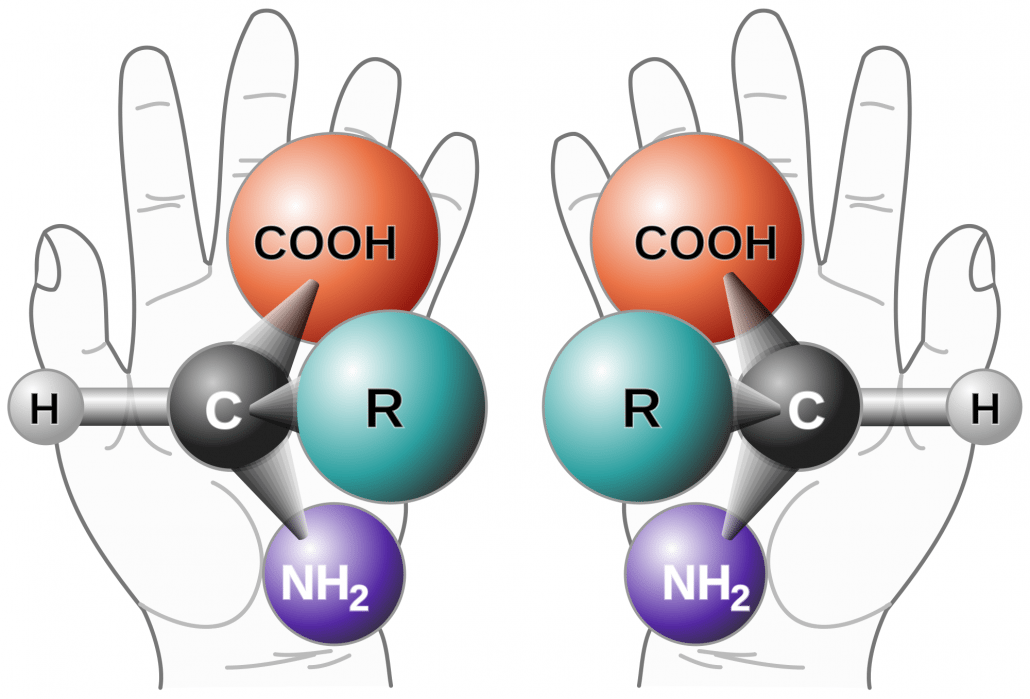It’s flu shot season, which means an annual popup of anti-vax memes in my social media feeds. Most of the memes this year are of the “OMG! The flu shot contains mercury!” variety. While it’s true that some versions of the flu vaccine do contain trace amounts of mercury, such a statement is largely meaningless.
Thimerosal, the organic compound used as a preservative in some vaccines, breaks down in the body into ethyl mercury. Since our bodies can remove ethyl mercury from our bodies, it doesn’t bioaccumulate. This is very different from methyl mercury, found in trace amounts in certain fish like tuna. Methyl mercury is hard for our bodies to remove, and can bioaccumulate. It’s the buildup of mercury over time that can be dangerous, which is why the FDA recommends limiting consumption of certain varieties of fish. While both compounds contain mercury, the two molecules are structurally different and behave differently in our bodies. It’s similar to the difference between ethyl alcohol and methyl alcohol. The former is found in beer and wine and used as a social lubricant, while the latter is used in things like antifreeze and is highly toxic. Simply stating some vaccines contain mercury is like saying “OMG! Beer contains antifreeze!”
The glossing over of these kinds of details is depressingly common in popular science writing. For example, a while back there were posts about how there is evidence of life found in some meteorites, supporting the idea that life came from outer space. What was actually found was that some meteorites, such as the Murchison meteorite, contain more than 70 types of amino acids, which are sometimes referred to as the building blocks of life. Since the fall of the Murchison meteorite was observed, and the meteorite was recovered soon after it reached Earth, we can be confident that those amino acids are not due to terrestrial contamination. It’s in the details, however, where things get interesting.
Amino acids are chiral molecules. This means they come in two different forms that are mirror images of each other. Each type of amino acid has a left handed and right handed version. Terrestrial organisms mainly use left-handed proteins (of which amino acids are the building blocks) and right-handed sugars. The amino acids on the Murchison meteorite were found to be roughly equal parts left and right handed. This means they were likely produced by a nonbiological process. We know from other studies that complex molecules can form in deep space. So the Murchison meteorite actually contradicts the idea that terrestrial life began in space. Cosmic amino acids may have played a role, but likely some mechanism on Earth gave rise to the handedness of biology we see today.
Often in science it’s the smallest of details that make all the difference. Some evidence can’t be reduced to a catchy headline, and doing so can often lead to headlines that are downright misleading.













Comments
Surely it would be better to leave out the mercury altogether ? Mercury is known to be toxic, putting it into a vaccine in whatever form, just gives ammunition to the antivaxers. They don’t understand science and they don’t want to.
Many are mercury free, and folks can get a flu shot without mercury if they want.
Chlorine is known to be toxic, too. Surely it would be better to ban table salt (sodium chloride)? Toxicity isn’t a property of a chemical element. It’s a property of a chemical substance.
Let me tell you some details how vaccines come from space and how it creates civilaztion. This has to do with proxima B. Before you get vaccinated your checked to see how healthy you are, your heart and your brain.
This way you can see your life, how you live seven times on seven different bodies and seven different places. And…… This detail is too wide to explain.